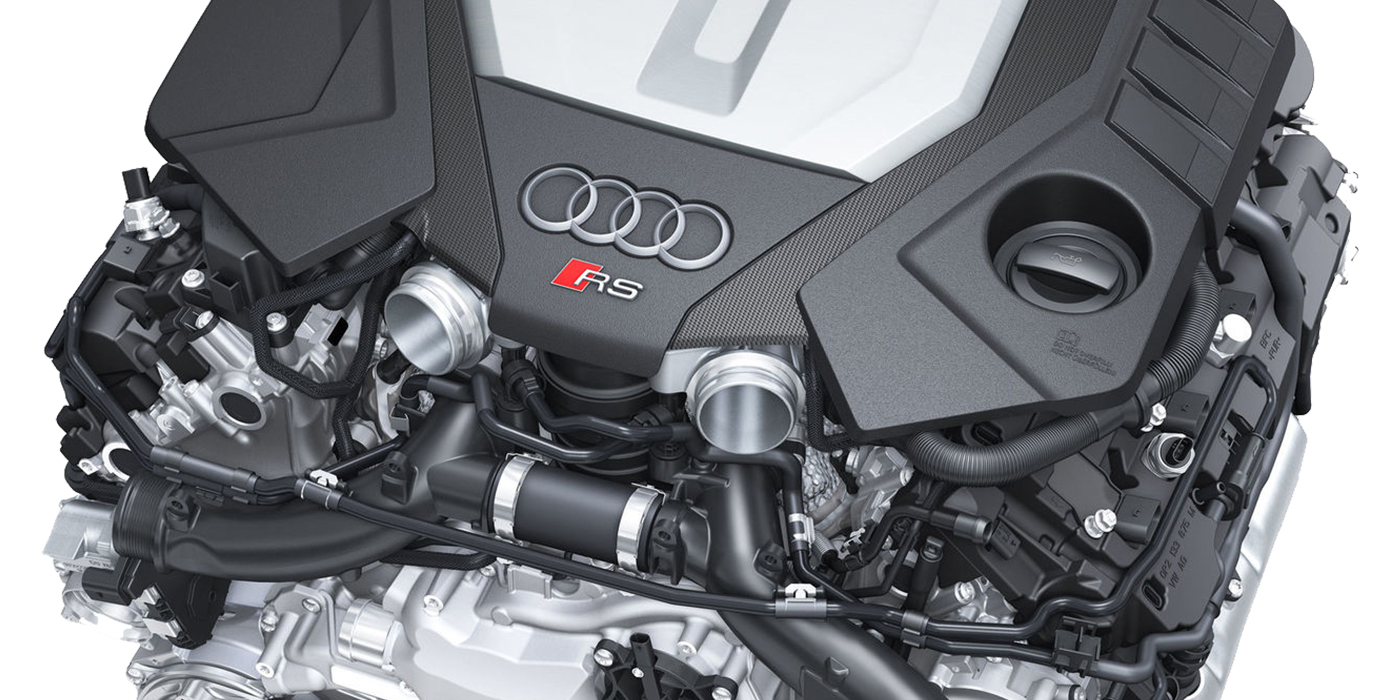Fuel line hoses carry gasoline from the tank to the fuel pump, to the fuel filter, and to the fuel injection system. While much of the fuel lines are rigid tube, sections of it are made of rubber hose, which absorb engine and road vibrations.
There are two basic types of fuel hose: Fuel and oil hose that meet the SAE 30R7 standard, and fuel injection hose that meets the requirements of SAE 30R9.
Standard fuel and oil (SAE 30R7) hose is rated for low-pressure applications at 50 psi working pressure up to 3/8” size, and 35 psi for sizes over 3/8”. This general-purpose hose contains a light reinforcement, and the rubber materials can be any compound that is suitable for fuel, oil and vapors.
However, Gates Corp. engineers warn technicians that fuel formulations at many U.S. refineries are constantly changing as proprietary blends are introduced according to government mandates and seasonal influences. At times, more aggressive fuels can extract the oils that give SAE 30R7 hose its flexibility. The result is a brittle, stiff tube that will greatly reduce the performance and service life of the hose.
Fuel injection (SAE 30R9) hose or MPI (multi-port injection) hose is reinforced to handle higher pressures up to 180 psi. It can be used on all injection systems that use hose clamps. It is not designed to replace coupled assemblies on fuel injection systems.
Fuel injection hose is designed for low permeation contact with a wide variety of alcohols, alcohol fuel blends and diesel fuel. It allows 15g/m2/day permeation, whereas standard SAE 30R7 hose allows 550g/m2/day.
SAE 30R9 hose uses a laminated tube of Fluoroelastomer, as a thin wall inner layer backed by traditional compounds. This first layer protects the rest of the hose from attack, swelling or permeation from aromatics, oxidized gasoline (as can occur in fuel injection systems), ethanol or oxygenate additives and a wide range of petroleum-based products.
The laminated tube will resist cracking caused by “sour gas,” which forms when unused gas is returned to the fuel tank. As an added benefit, this hose construction reduces emissions because fuel can’t evaporate through the hose walls.
SAE 30R9 hose is also recommended for diesel fuel because its fluoroelastomer tube resists deterioration caused by some diesel fuel additives. As refineries produce cleaner fuels and lower allowable permeation rates during the “vehicle at rest” condition, older hose specifications such as SAE 30R7 are becoming less reliable. This type of hose is no longer specified on OEM automotive fuel applications because of stringent permeation standards.
Therefore, the best choice for automotive fuel line hose applications today is fuel injection SAE 30R9 hose for reduced comebacks, high performance and assured trouble-free service.
For submersible applications such as on the in-tank fuel pump, only SAE 30R10 hose should be used, because when the hose fails, the pump will fail. Hose construction consists of low swell fluoroelastomer compounds in the tube and cover that resist gasoline and diesel fuel permeation and aging. Standard hoses have these fuel-resistant characteristics in only the tube portion.
Courtesy of Gates Corp.
For information on products offered by Gates, visit. www.gates.com.













